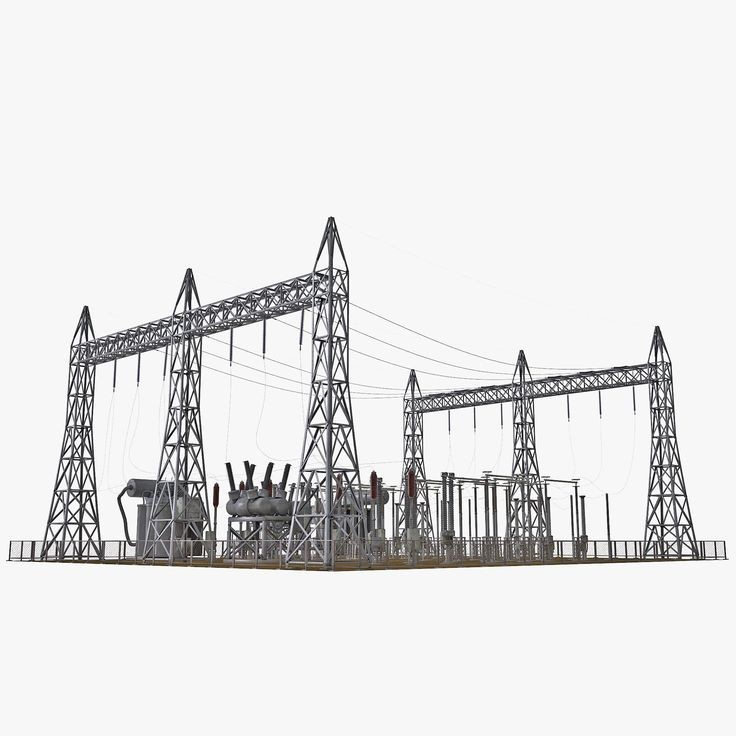An electrical substation is an installation used for the transformation, switching, protection and control of electrical energy. They are used to receive electricity from a power station and then distribute it to homes and businesses. Substations are located throughout the country, and they are essential for the reliable delivery of electricity.
Substations are typically large and complex facilities, and they can be divided into two main types: transmission substations and distribution substations.
Transmission substations are located near power stations, and they are responsible for increasing the voltage of electricity so that it can be transmitted over long distances. Distribution substations are located closer to homes and businesses, and they are responsible for decreasing the voltage of electricity so that it can be used safely.
Substations contain a variety of equipment, including transformers, circuit breakers, switches, and insulators. Transformers are used to increase or decrease the voltage of electricity. Circuit breakers are used to protect the equipment in the substation from damage in the event of a short circuit. Switches are used to connect and disconnect the equipment in the substation. Insulators are used to prevent electricity from flowing to ground.
Substations are essential for the reliable delivery of electricity. They help to ensure that homes and businesses have access to a safe and reliable supply of electricity.









No comments:
Post a Comment